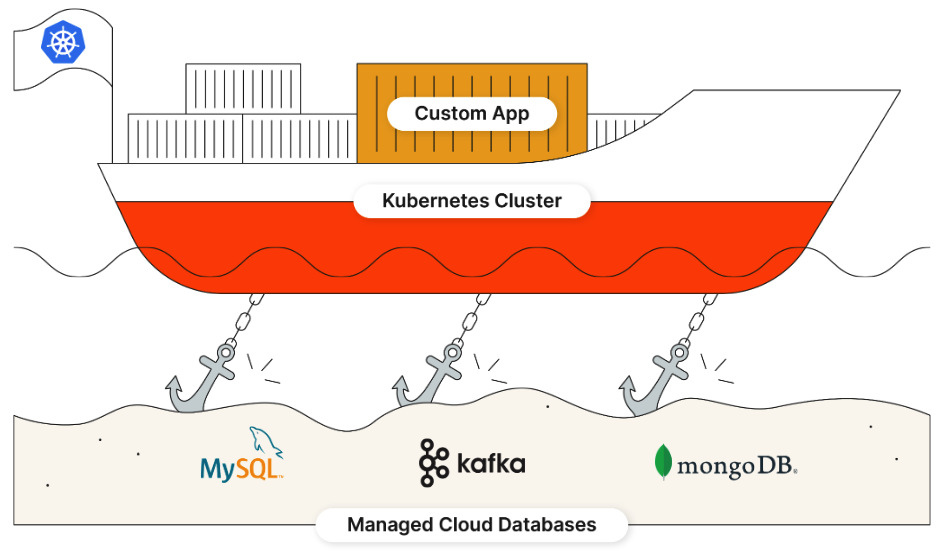Blog
Read articles about Kubernetes container storage technology, kubernetes backup, and data services written by the thought leaders at Portworx.
read more


Feb 2, 2024
Product AnnouncementsPortworx Enterprise 3.1.0 - Introducing Journal I/O Profile
Subscribe to our Newsletter
Thanks for subscribing!

Filter by:
-
Category
Please enter a value
Clear All
LOADING...

Learn More About Portworx
Enterprises trust Portworx to run mission-critical applications in containers in production. The #1 most used Kubernetes data services platform by Global 2000 companies, Portworx provides a fully integrated solution for persistent storage, data protection, disaster recovery, data security, cross-cloud and data migrations, and automated capacity management for applications running on Kubernetes.
Contact Sales


